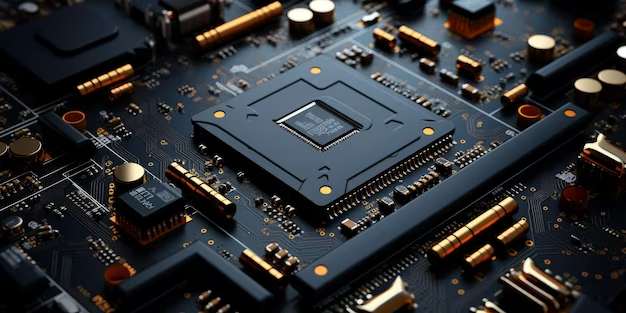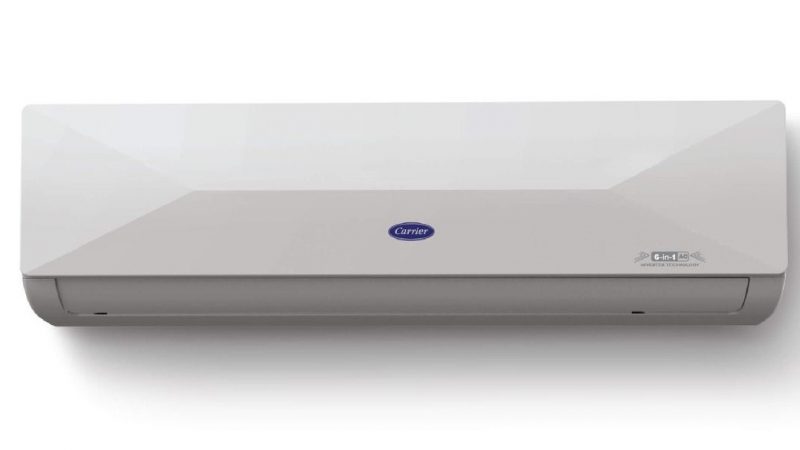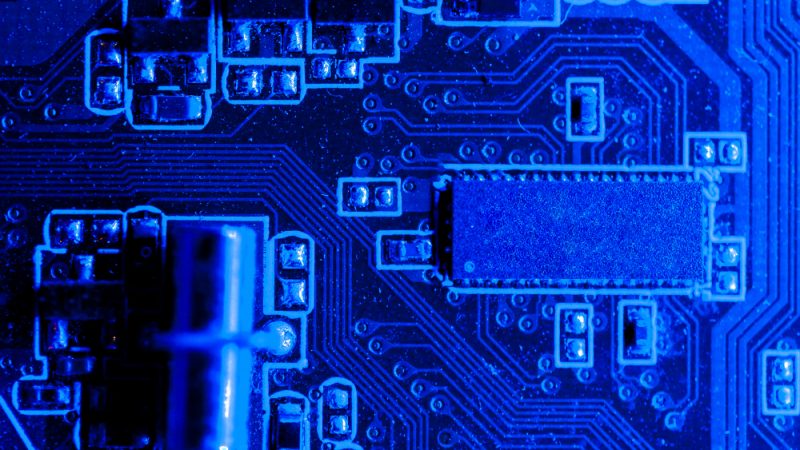Revolutionizing Electronics Exploring the Future of Multilayer PCBs

The electronics manufacturing sector moves at a breakneck pace, so staying ahead of the competition is crucial. The need for increasingly sophisticated and adaptable printed circuit boards (PCBs) is directly proportional to the rate of technological advancement. One of the most innovative solutions that have been making waves in recent years is the Rigid-Flex PCB, a remarkable development within the realm of Multilayer PCBs.
The Rise of Rigid-Flex PCBs
Aerospace, medical device, and consumer electronics are just a few of the many industries seeing a surge in demand for rigid-flex printed circuit boards. These printed circuit boards (PCBs) offer the advantages of both flexible circuits and stiff boards in one convenient package. Due to this one-of-a-kind combination, electronic products have become smaller, lighter, and more durable.
Multilayer PCBs – The Backbone of Modern Electronics
Before diving deeper into Rigid-Flex PCBs, let’s take a moment to understand the importance of Multilayer PCBs. For the most part, contemporary electrical gadgets rely on them. In order to accommodate intricate circuit routing, multilayer printed circuit boards (PCBs) stack insulating and conductive materials on top of one another. This technology allows for compact and efficient designs, making it a cornerstone in the field of PCB manufacturing.
Manufacturing Excellence
To grasp the future of Multilayer PCBs, it’s essential to explore the state-of-the-art PCB Manufacturing techniques and PCB Assembly processes. PCB manufacturing has seen remarkable advancements in recent years, driven by the need for increased performance and miniaturization.
- Advanced Materials: New materials with enhanced electrical properties and thermal conductivity are being used to create PCBs that can withstand higher temperatures and frequencies.
- Miniaturization: Printed circuit boards (PCBs) with tightly packed components and complex routing are necessary for the current trend of smaller and more compact electronic gadgets. Manufacturing processes have adapted to meet these demands.
- Automation: EMS (Electronic Manufacturing Services) Manufacturing has evolved with increased automation, leading to improved precision and reduced production time. Automated assembly lines ensure consistent quality and reliability.
Unlocking the Potential of Rigid-Flex PCBs
So, how do Rigid-Flex PCBs fit into this landscape? Because of all the benefits they provide, they are revolutionizing the electronics manufacturing industry:
Space Efficiency: Rigid-Flex PCBs allow for 3D circuitry arrangements, optimizing space within electronic devices. This enables more functionality in smaller packages.
- Durability: With fewer connectors and solder joints, Rigid-Flex PCBs are inherently more robust and reliable, reducing the risk of failures due to mechanical stress.
- Weight Reduction: In industries where weight is critical, such as aerospace, Rigid-Flex PCBs contribute to significant weight savings compared to traditional rigid boards and wiring harnesses.
- Cost-Effective: While Rigid-Flex PCBs may have a higher initial manufacturing cost, they often lead to cost savings in the long run due to reduced maintenance and higher product reliability.
Embracing the Future
The diversity and adaptability of multilayer printed circuit boards are their future. As electronics continue to evolve, so will the technologies that power them. Rigid-Flex PCBs represent a crucial step forward in this journey.
As PCB manufacturing and assembly techniques become more sophisticated, companies and designers must embrace these innovations to stay competitive. With the ever-increasing demand for smaller, lighter, and more powerful electronic devices, Rigid-Flex PCBs are set to revolutionize the way we design and manufacture electronics.
In conclusion, the landscape of Multilayer PCBs is evolving rapidly, driven by the demand for cutting-edge technology and improved performance. Thanks to their innovative combination of flexibility, durability, and efficiency, rigid-flex printed circuit boards (PCBs) have recently come to the fore. With the right approach to PCB manufacturing and assembly, the future of electronics looks promising, and Rigid-Flex PCBs are at the forefront of this revolution. Get ahead of the curve by embracing multilayer printed circuit boards (PCBs), the technology of the future.






